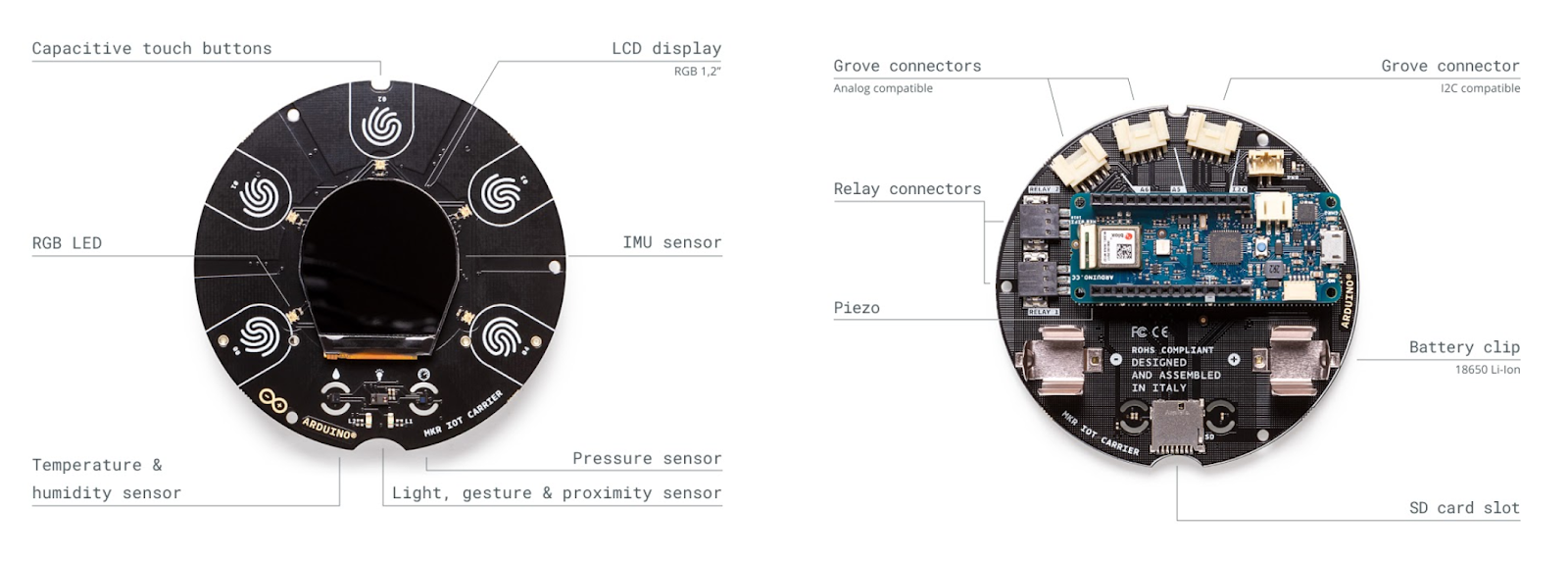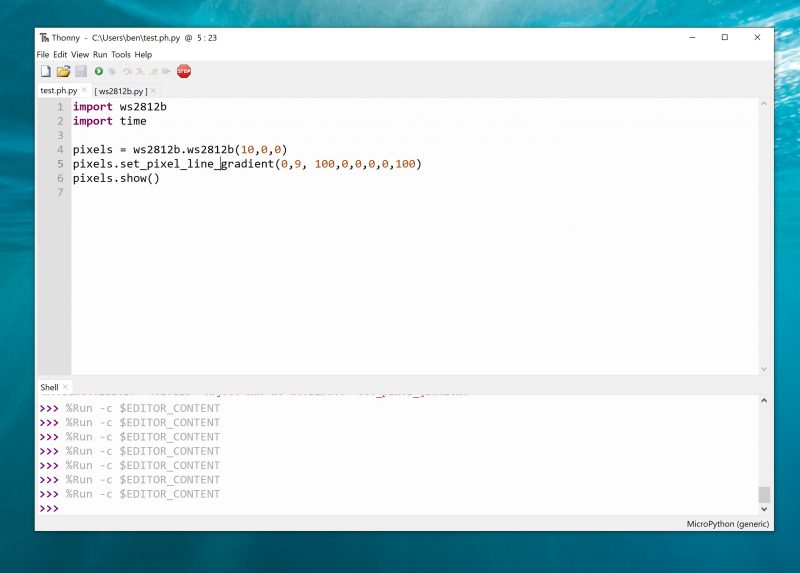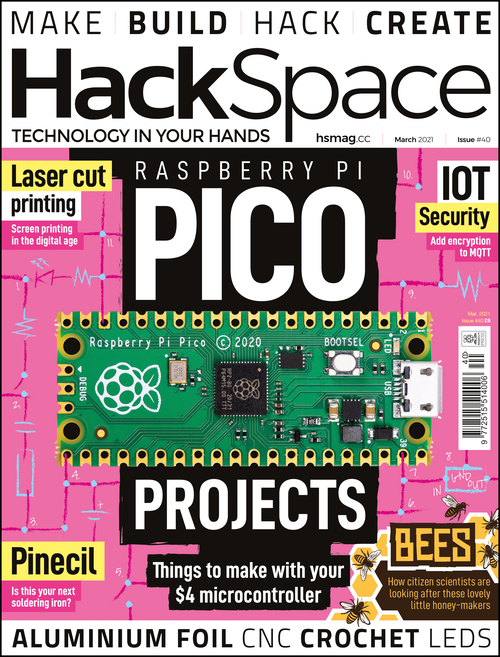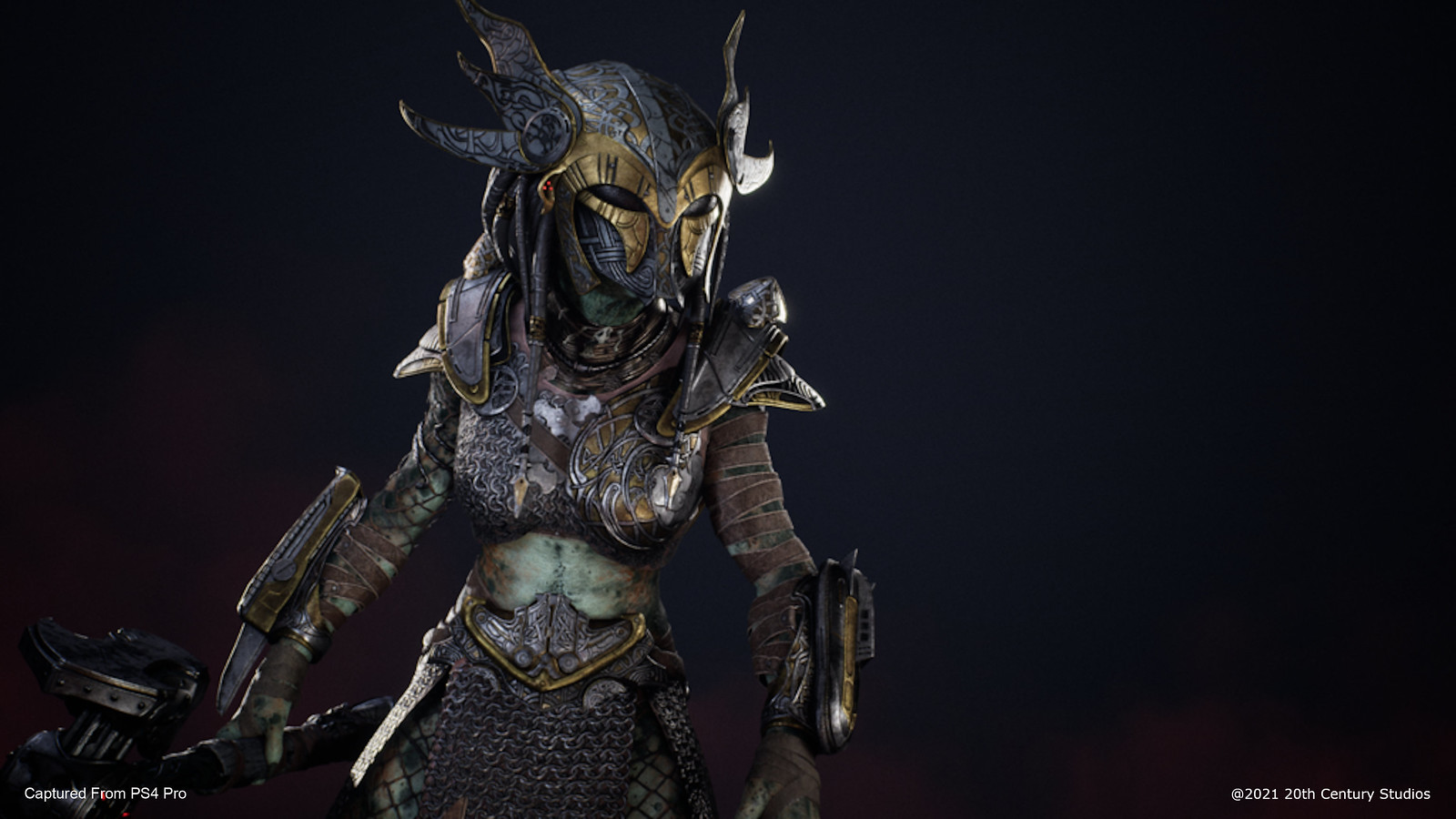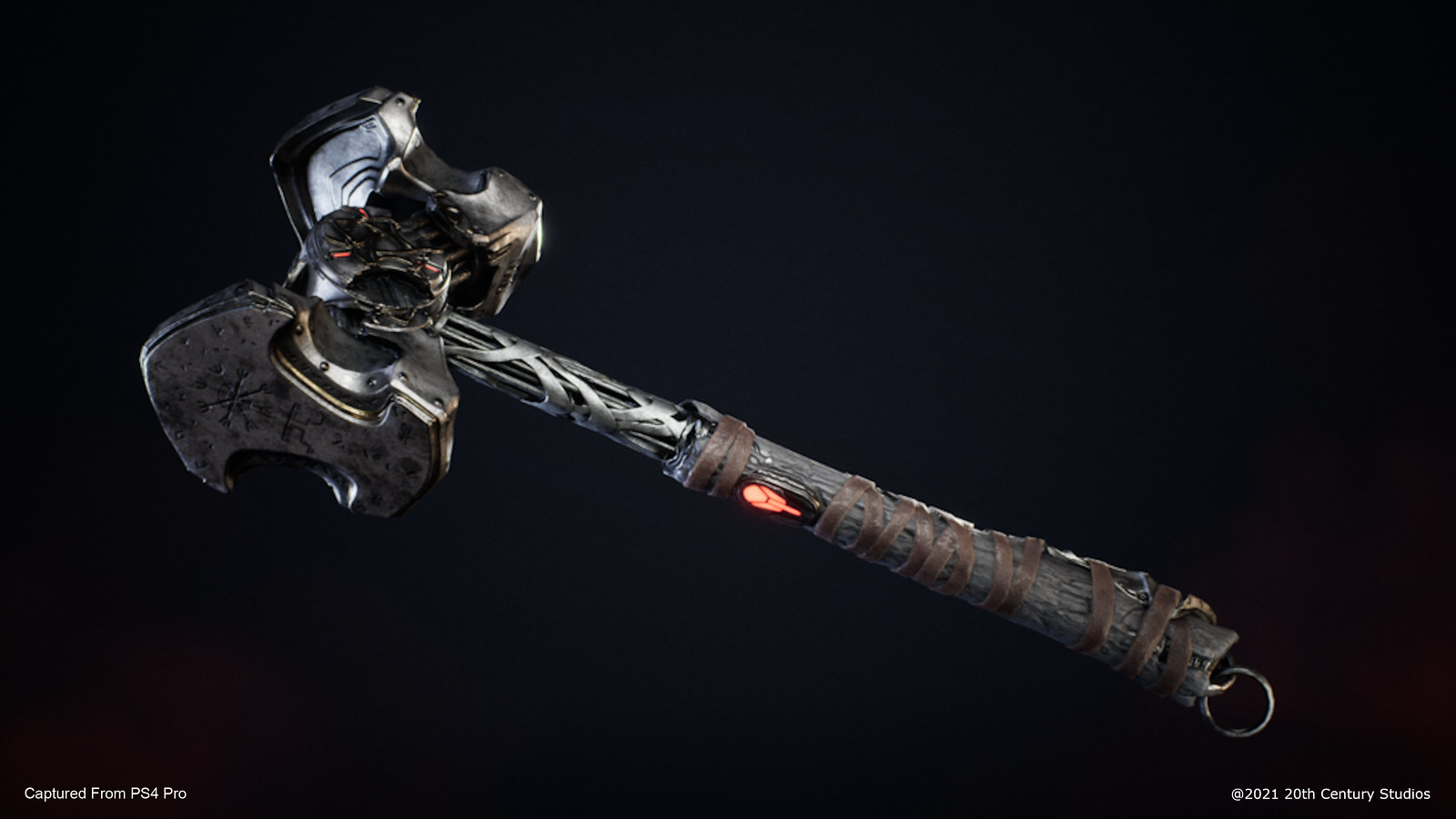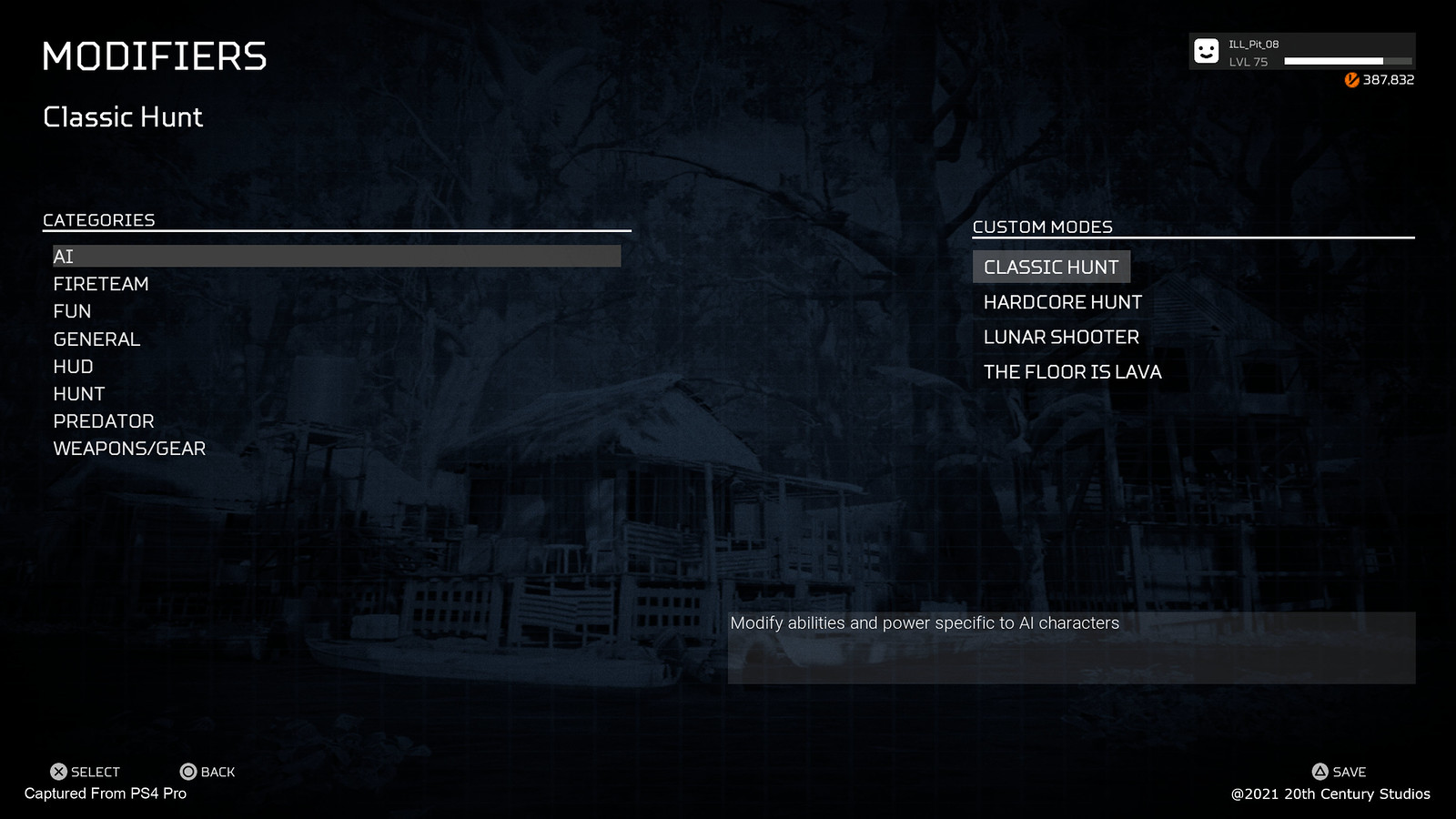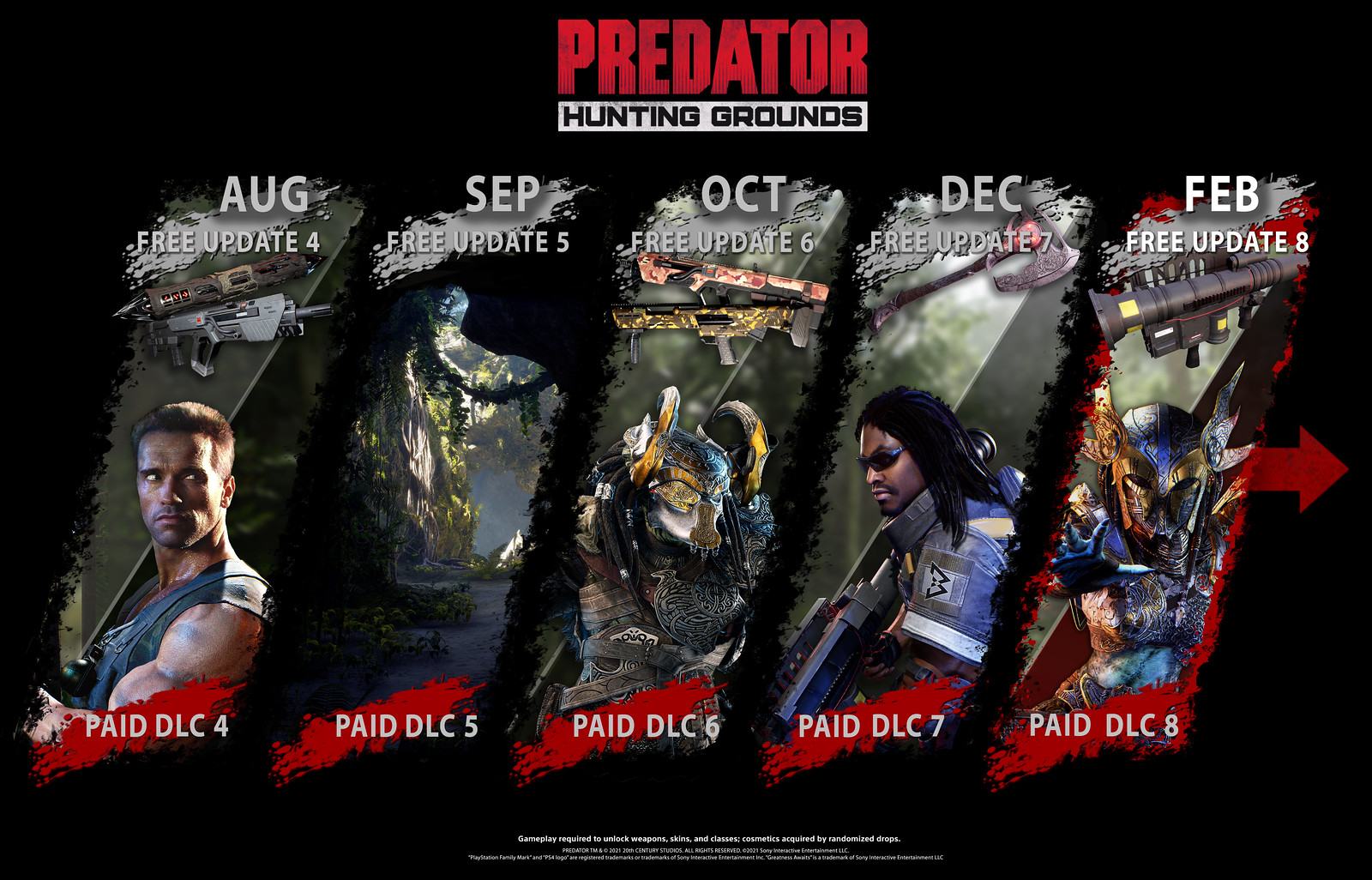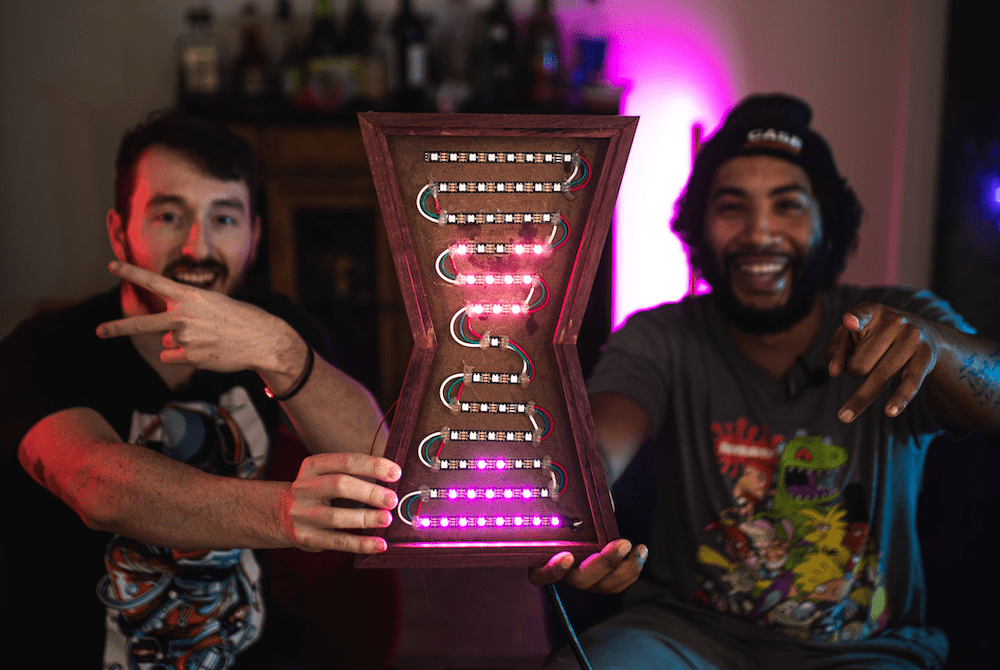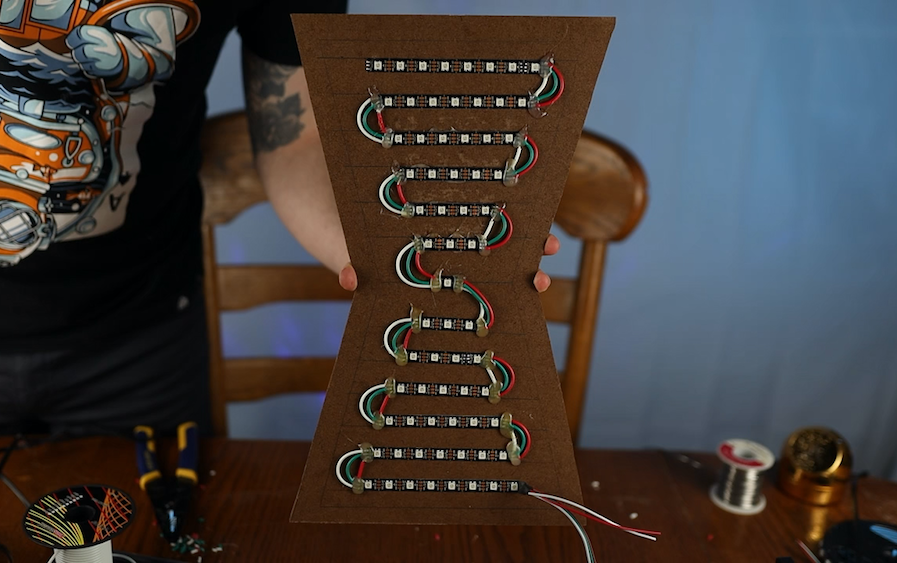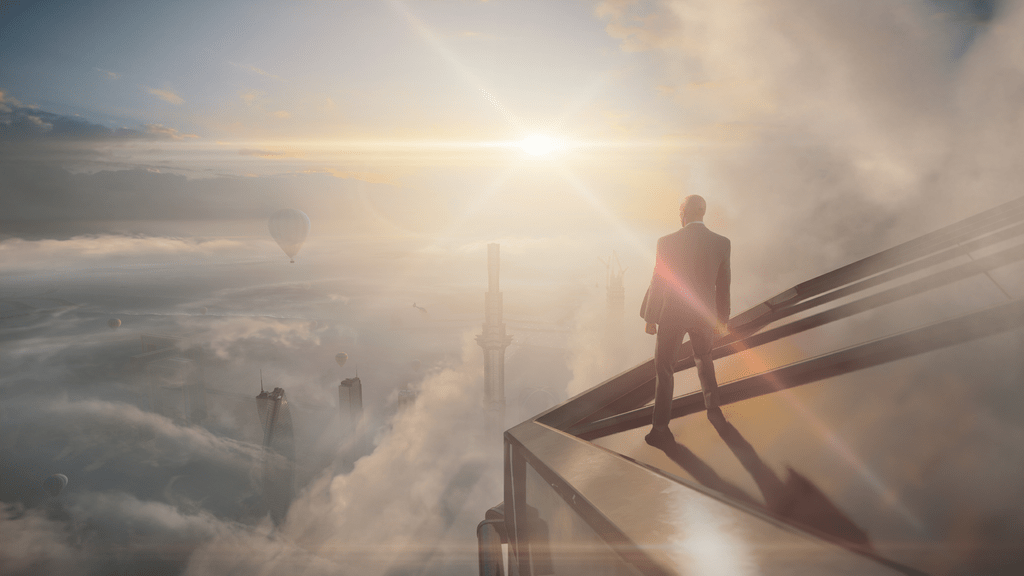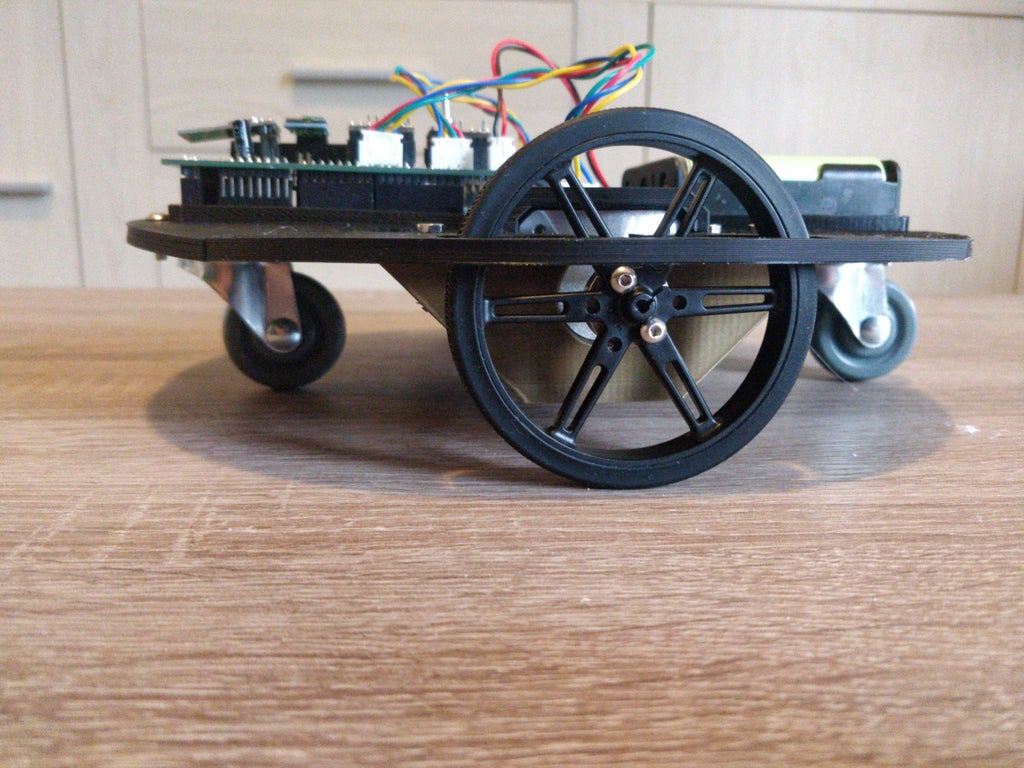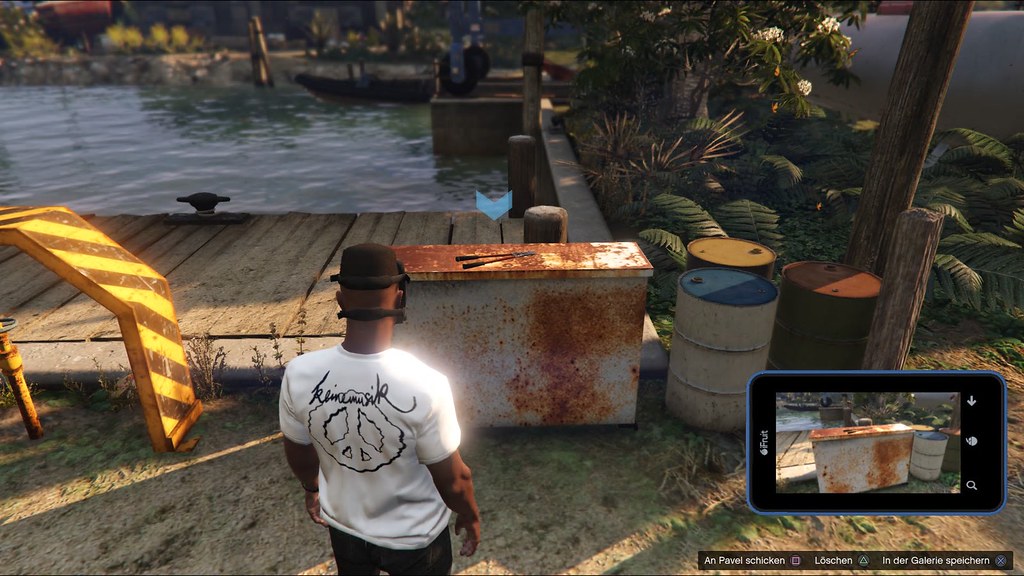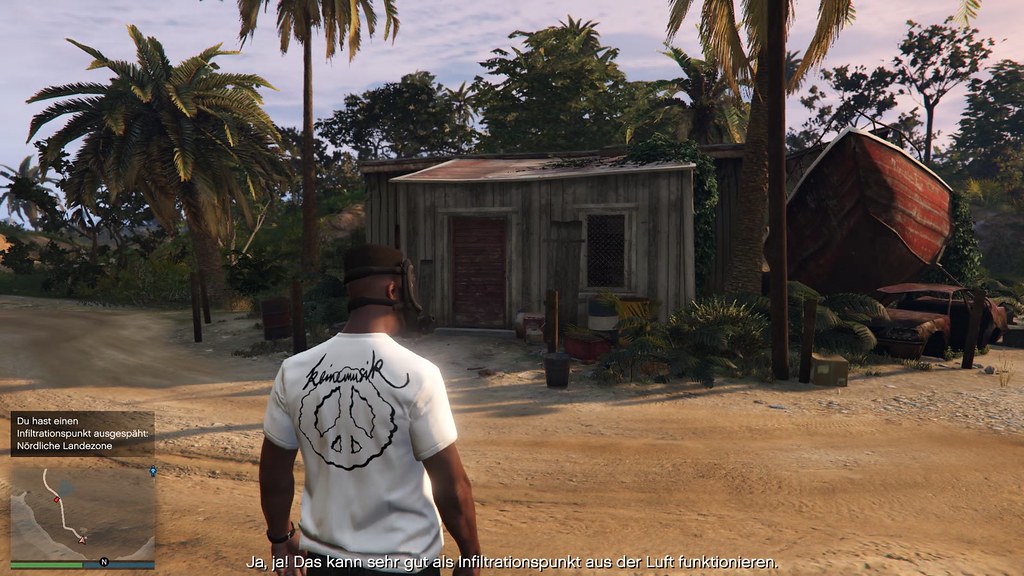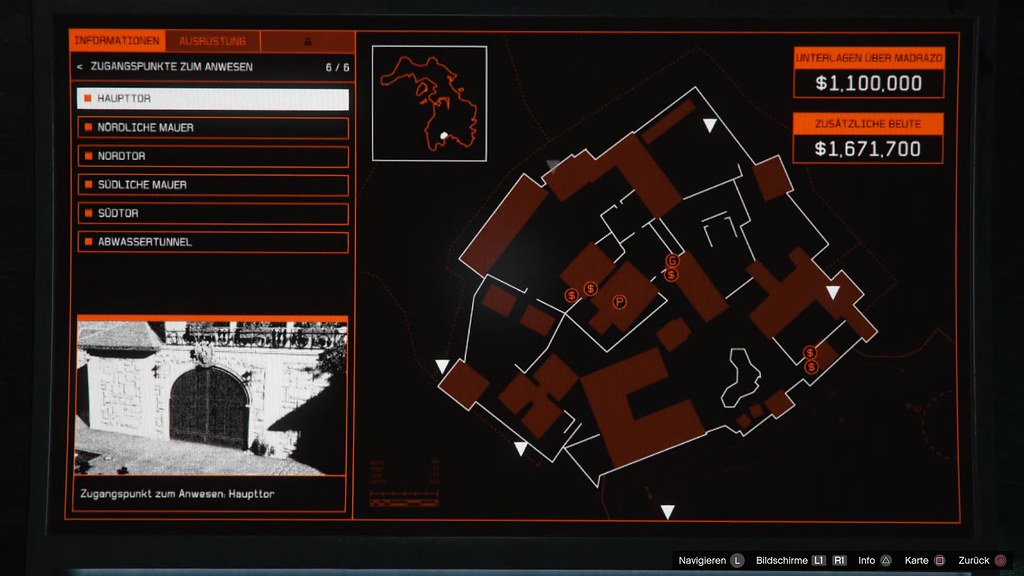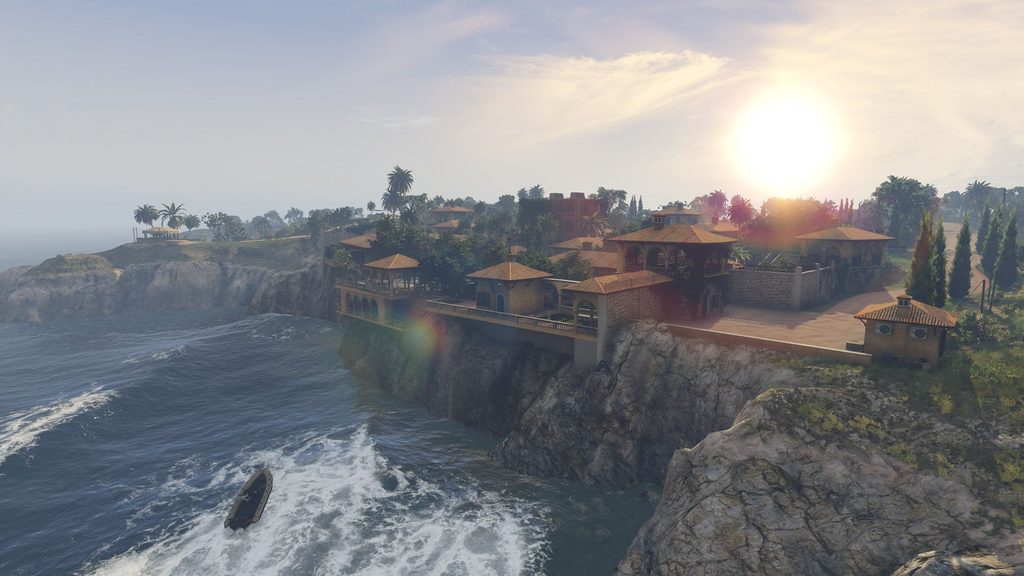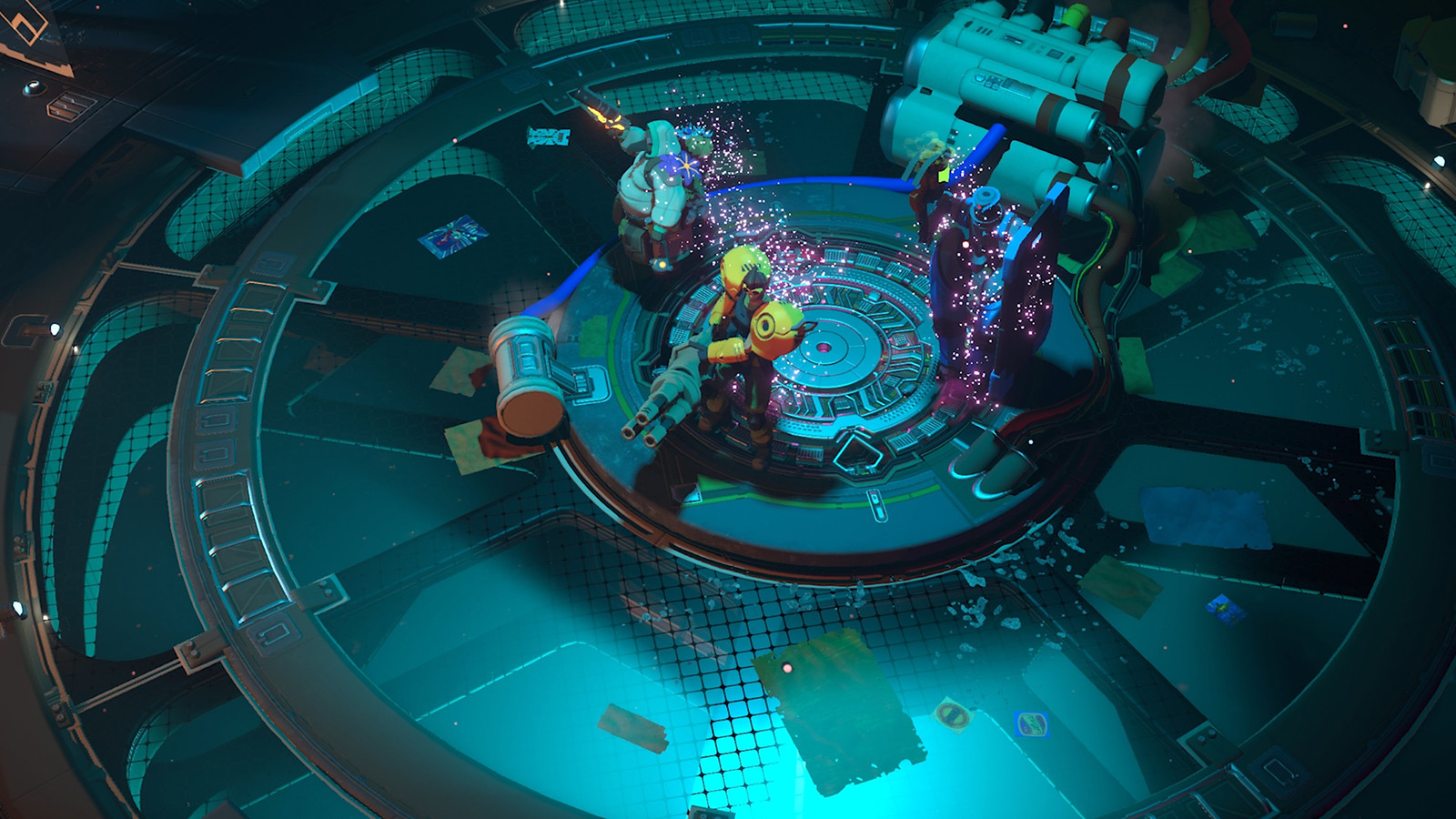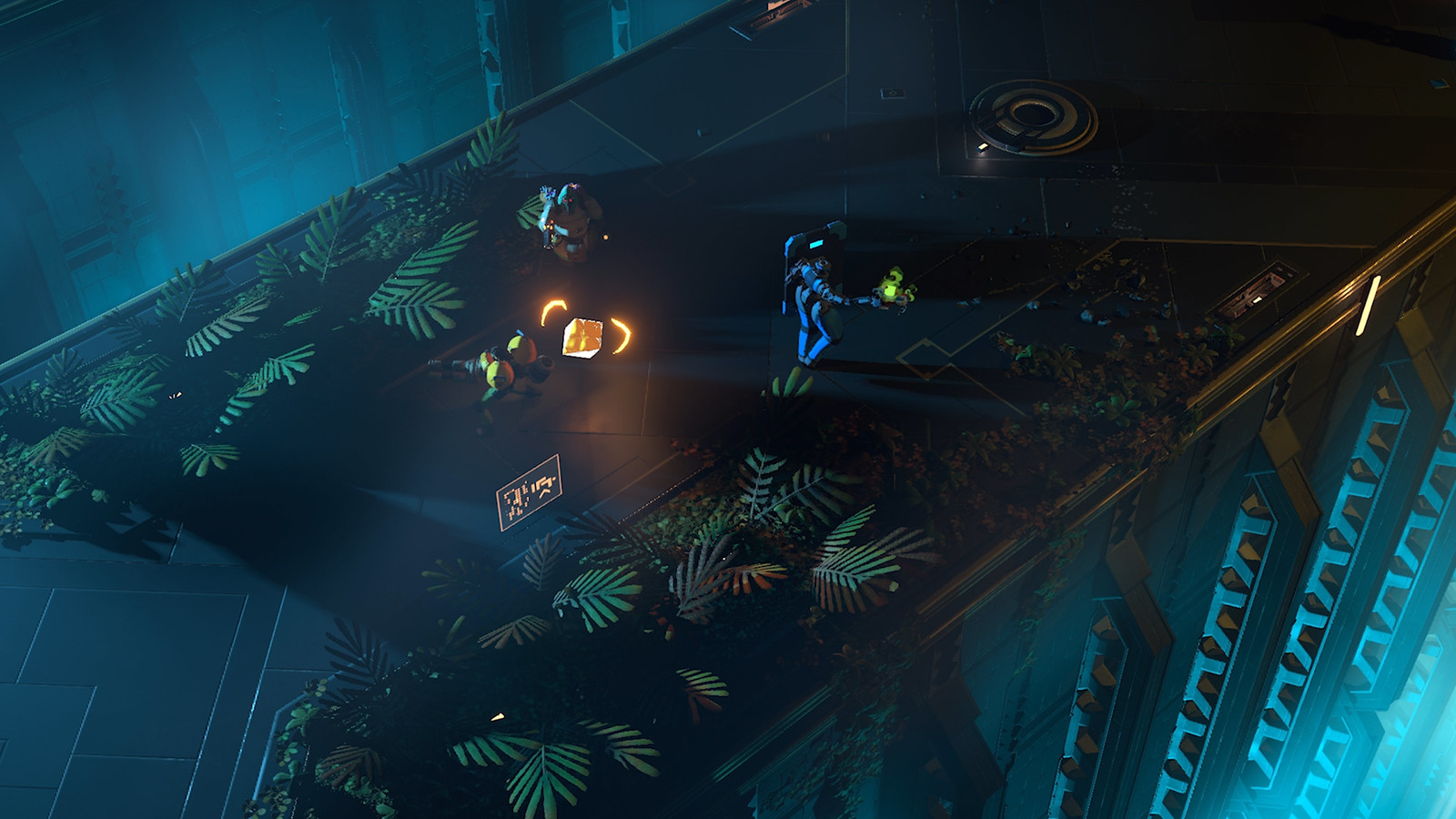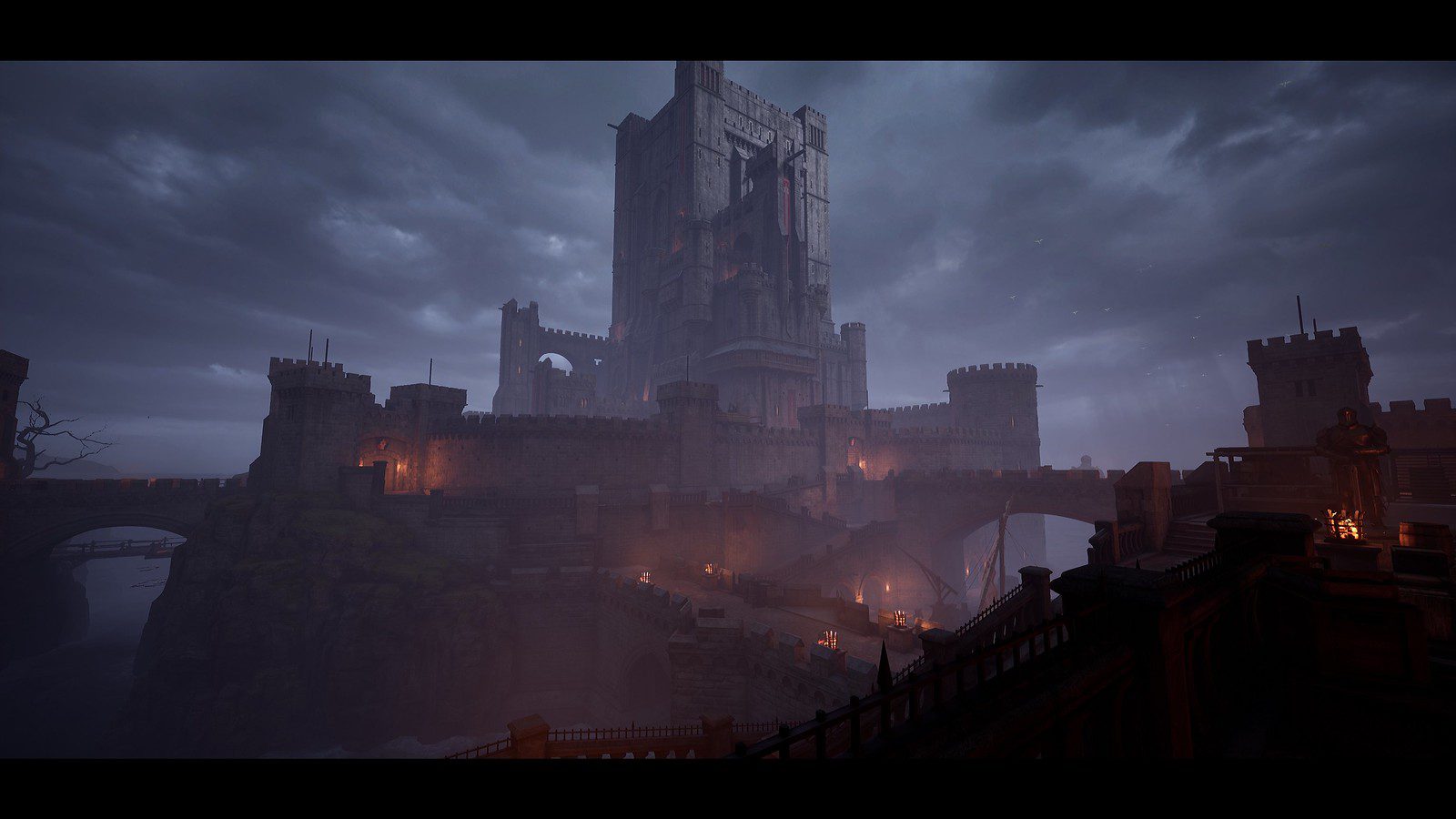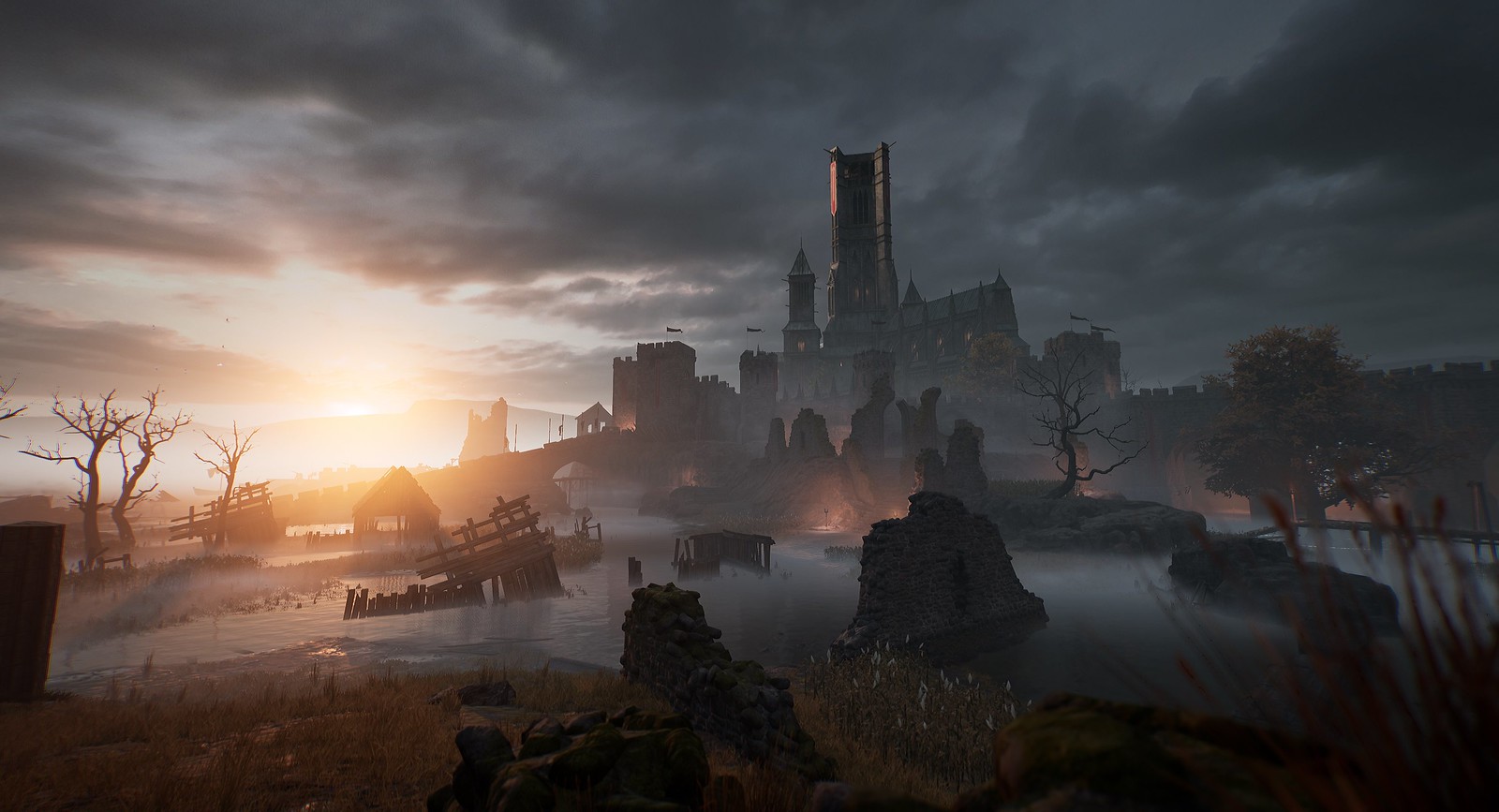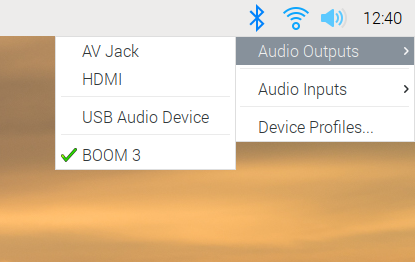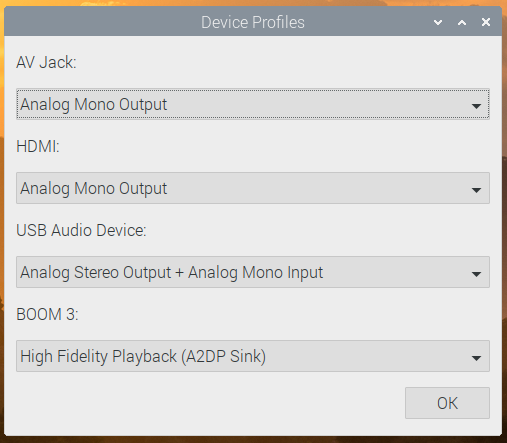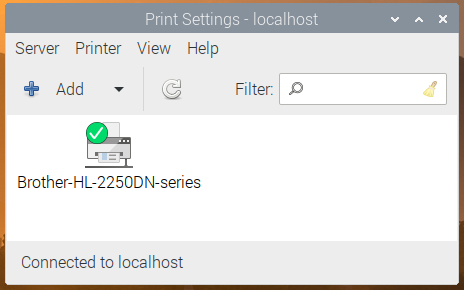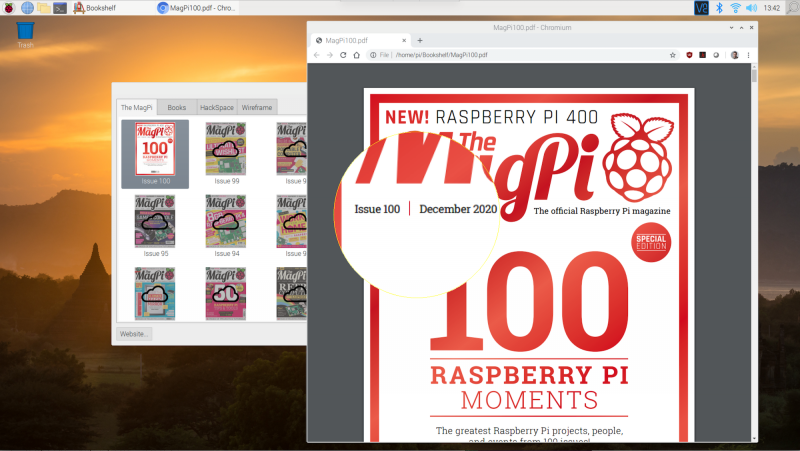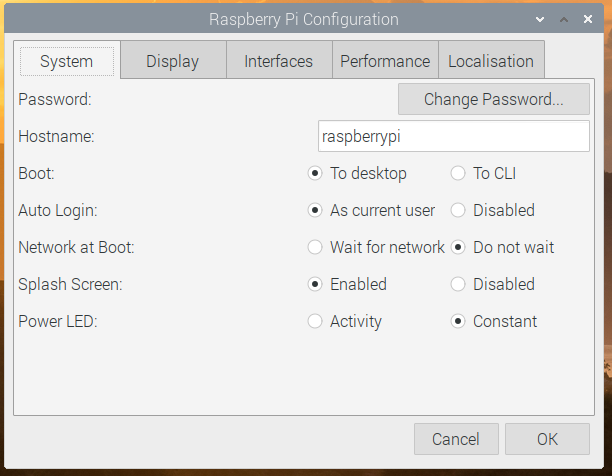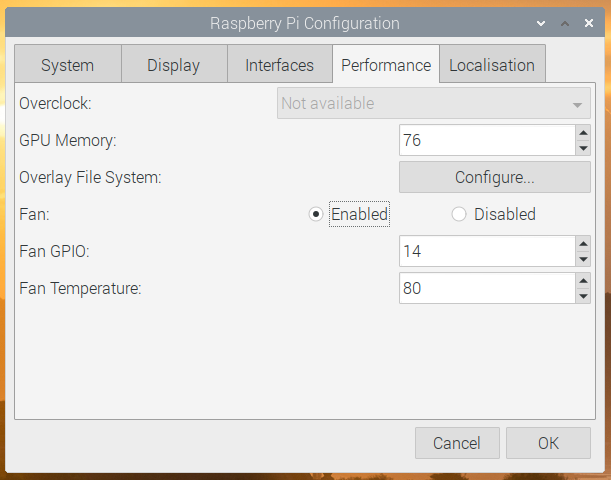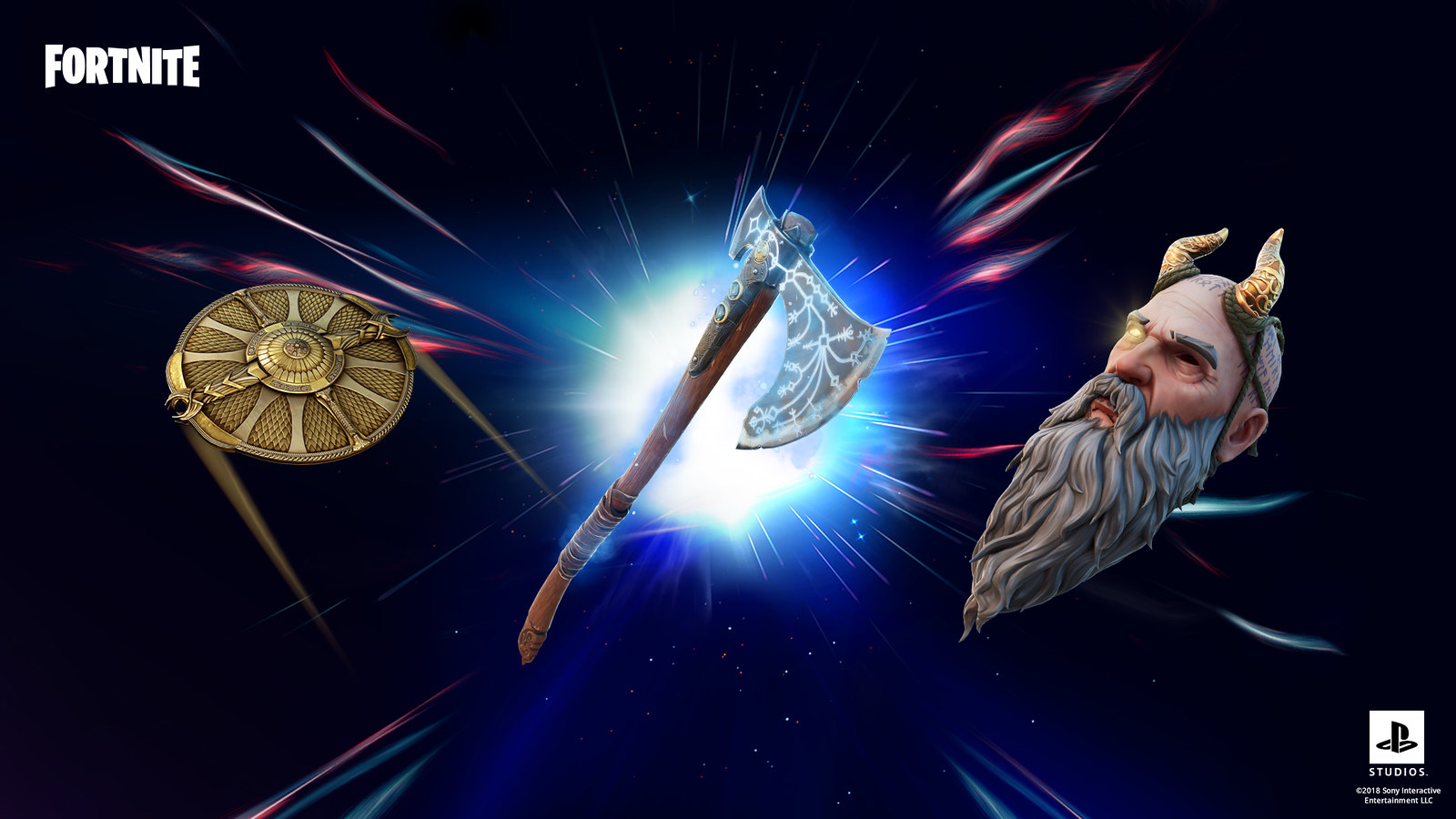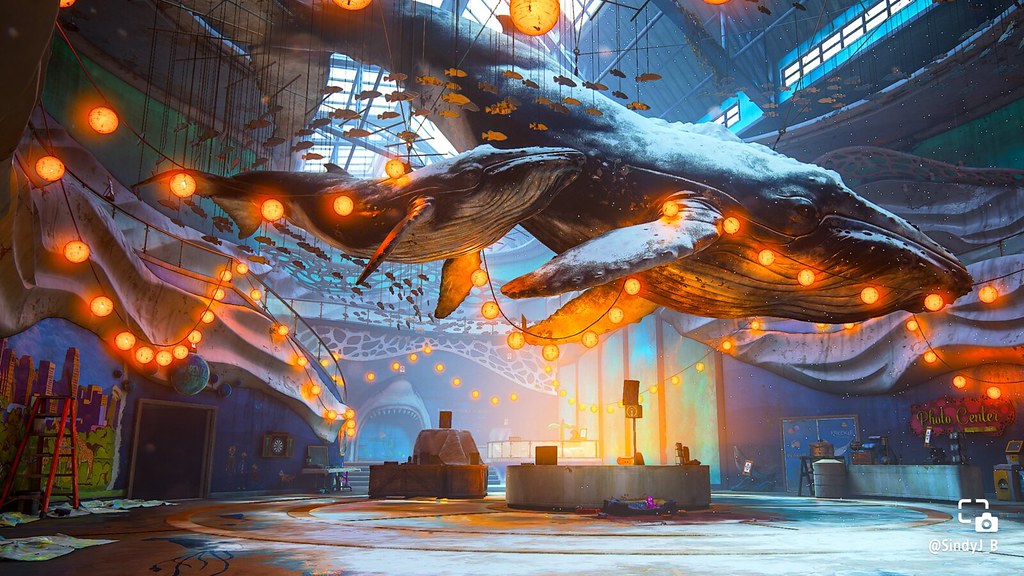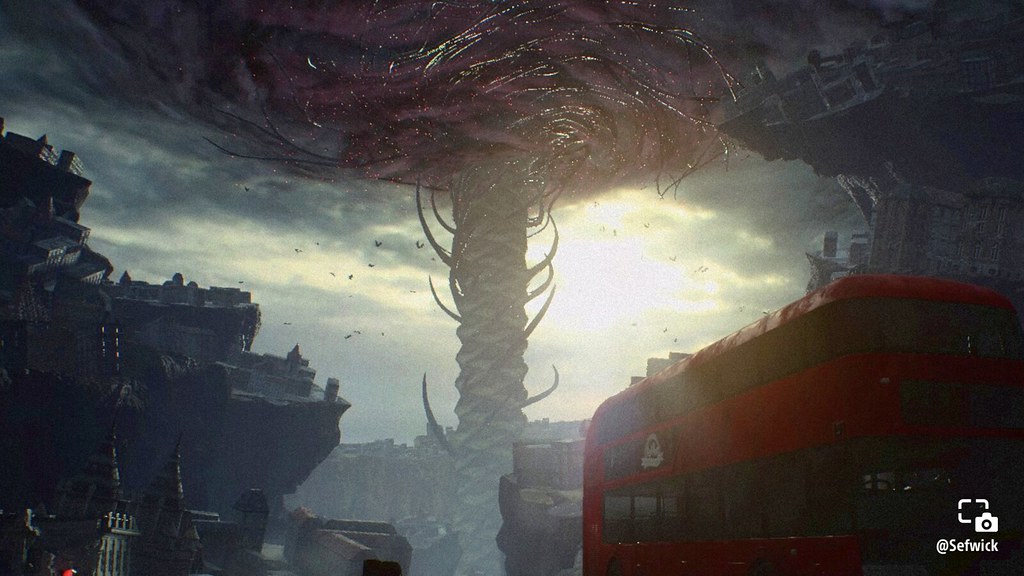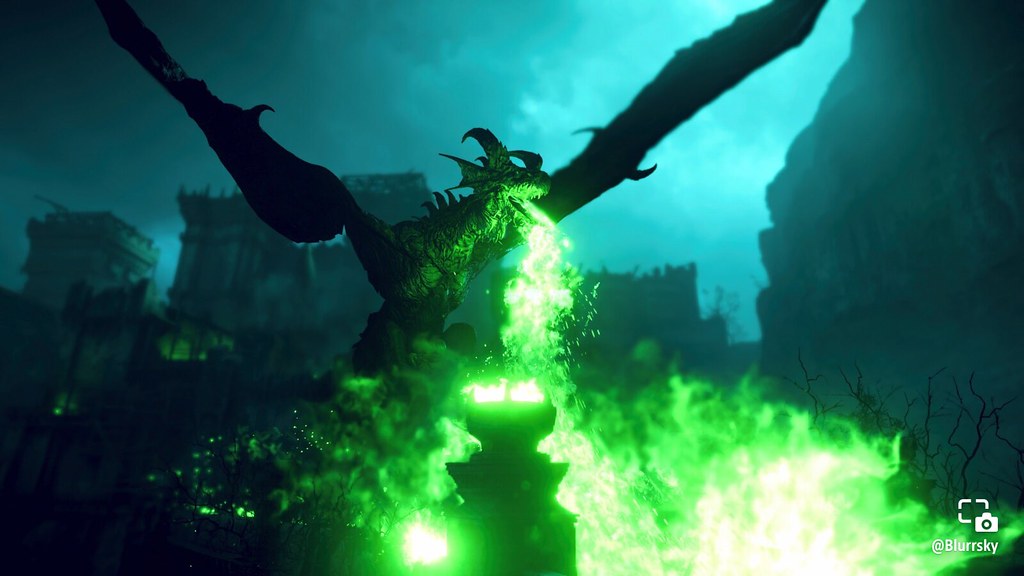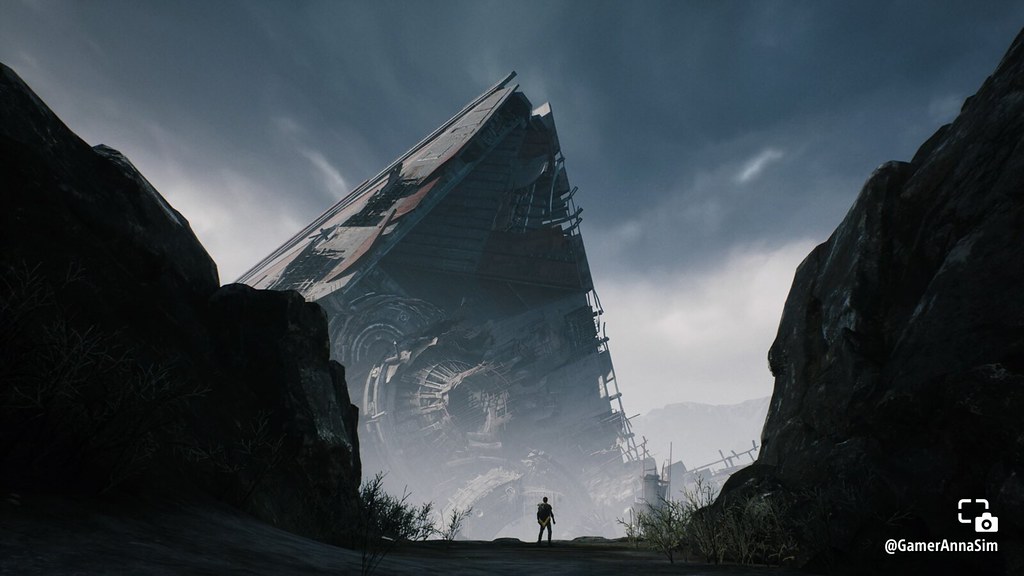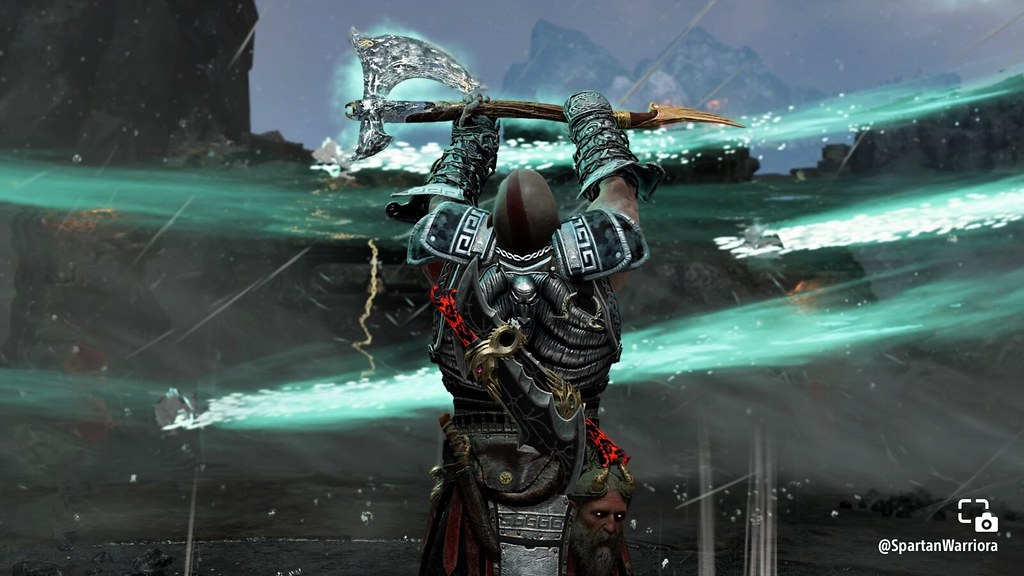Hallo zusammen, ich bin Josh Harrison, der Marketing Manager bei Velan Studios. Wir arbeiten seit einer Weile an einem teambasierten Actionspiel namens Knockout City und freuen uns sehr, es endlich der ganzen Welt vorstellen zu können. Knockout City ist ein Spiel, in dem ihr euch mit Freunden zusammenschließt, um gegnerische Crews in epischen Dodgeball-Schlachten zu besiegen.

Als Dodgebrawler und Einwohner von Knockout City müsst ihr euch mit Geschick und Stil einen Namen machen. Ihr habt gelernt, eure Fähigkeiten zur Schau zu stellen, ihr habt euch in Schale geschmissen, also ist es jetzt an der Zeit, euren Gegnern Bälle ins Gesicht zu werfen. Dies ist ein Multiplayer-Erlebnis, wie ihr es noch nie gespielt habt, deshalb möchte ich euch heute vorstellen, was Knockout City so besonders macht.
Im Grunde geht es in einer Partie um Werfen und Fangen, aber ihr müsst auch Positionsspiel, Timing und Teamwork meistern, wenn ihr einen Sieg einfahren wollt. Wenn ihr einen Ball mit perfektem Timing fangt, wird er aufgeladen, was euren Wurf zurück zum Gegner beschleunigt. Trickwürfe ermöglichen es euch, den Ball über Objekte zu lupfen oder in Kurvenform um Ecken herum zu werfen. Ihr könnt auch Würfe antäuschen, eine gefürchtete Technik, um das Fangtiming eurer Gegner zu stören, was euch die Chance gibt, sie endgültig auszuknocken.
Weicht heranfliegenden Bällen aus und rammt Gegner, um ihnen die Orientierung zu nehmen und sie dazu zu bringen, alle getragenen Bälle fallen zu lassen. Und lasst euch von niemandem einreden, dass Assists unwichtig seien – ein schneller Pass zu euren Teammitgliedern lädt den Ball auf und bietet die Möglichkeit, einen Gegner aus einem besseren Winkel zu treffen. All diese Fähigkeiten ergeben zusammen das Rezept für den Erfolg auf den Straßen und Dächern der Stadt.
Macht euch keine Sorgen, mit leeren Händen dazustehen – jeder in Knockout City kann sich zu Boden werfen, zusammenrollen und zu einer Waffe für die eigenen Kameraden werden, die gegen das andere Team eingesetzt werden kann. Benutzt diese Fähigkeit, um euch schnell ins Getümmel zu werfen oder einen Gegner auszuknocken, wenn er es am wenigsten erwartet. Ladet einen Teamkameraden in euren Händen für einen ultimativen Wurf auf: Werft ihn hoch in die Luft, damit er aufs Schlachtfeld kracht und eine riesige Explosion auslöst, die zum sofortigen K. o. führt. Es gibt nicht Befriedigenderes, als ein gesamtes Team mit einem einzigen Angriff auszuschalten.
Nur eine Sache ist noch besser, als in Knockout City abzuräumen: in Knockout City abzuräumen und dabei gut auszusehen. Ihr habt nahezu endlose Möglichkeiten, euren Stil anzupassen – dank eines eingebauten Fortschrittssystems, das euch vor die Wahl aus Hunderten von kosmetischen Objekten und Anpassungsoptionen stellt. Bestimmt das Aussehen eures Brawlers – ob knallhart oder irrsinnig komisch – mit einer Vielzahl an verschiedenen Looks. Aber es hört nicht bei der Kleidung auf! Wir wollen, dass ihr allem euren persönlichen Stempel aufdrücken könnt, von eurem K.-o.-Effekt über eure Sieges- und Niederlageposen bis hin zu eurem Gleiter. (Oh, hatte ich schon erwähnt, dass ihr jederzeit einen Hängegleiter auspacken könnt? Das könnt ihr nämlich.)
Euer Team ist während eines Matches für euch da, aber eure Crew ist immer für euch da … oder zumindest so lange, wie ihr den Weg zum Ruhm gemeinsam bestreiten wollt. Bis zu 32 Freunde können eine Crew bilden, was noch eine Möglichkeit draufsetzt, eure Looks anzupassen. Ihr tragt alle euer holografisches Crew-Logo hinten auf den Jacken und erscheint zu euren Kämpfen in eurem stylishen Crew-Hovercar. Ihr bekommt außerdem jede Saison wöchentliche Herausforderungen gestellt, die ihr als Crew abschließen müsst, um neue Möglichkeiten freizuschalten, die einzigartige Identität eurer Crew zu definieren.
Während ihr so durch Knockout City schlendert, werdet ihr viele Orte entdecken, die es wert sind, sie mit eurer Crew zu verteidigen, und jeder davon bietet einzigartige Mechaniken, damit die Scharmützel interessant bleiben. In Rooftop Rumble katapultieren starke Winde euren Gleiter vorwärts. Eine riesige Abrissbirne schleudert in Concussion Yard selbst die härtesten Brawler durch die Gegend. In Knockout Roundabout herrscht endloser Verkehr, perfekt für ein K. o. im Vorbeifahren oder einen schnellen Abgang. Back Alley Brawl, unsere zuletzt angekündigte Karte, besitzt viele Röhren, die euch aufsaugen und woanders auf der Karte wieder ausspucken. So könnt ihr schnell verduften oder eure Gegner aus einer anderen Richtung angreifen. Dazu kommen noch weitere Schauplätze, die in Zukunft angekündigt werden, es gibt also mehr als genug Platz für euch, um euer Revier zu markieren.
Neben dem Standardball stehen euch auch viele Spezialbälle zur Verfügung, um die Matches frisch und dynamisch zu halten. Der Bomb Ball (Bombenball) beginnt zu ticken, wenn ihr ihn aufhebt, bis er nach kurzer Zeit (Überraschung!) explodiert. Sperrt eure Gegner im Cage Ball (Käfigball) ein, um sie gegen ihre Teammitglieder einzusetzen oder von der Karte zu werfen. Und wenn ihr hoch hinauswollt, schnappt euch den Moon Ball (Mondball)! Damit könnt ihr höher springen (als wärt ihr auf dem Mond) und wenn ihr einen Gegner damit trefft, stoßt ihr ihn praktisch in den Orbit! Heute ganz frisch angekündigt wurde unser Sniper Ball (Sniper-Ball), der einen weit entfernten Gegner anvisiert und nach einem Wurf rasend schnell auf ihn zuschießt. Bleibt am Ball, denn auch in diesem Bereich wird es weitere Ankündigungen geben.
Unser Standard-Spielmodus ist „Team KO“, ein 3-gegen-3-Match über mehrere Runden, doch bis Ende des Jahres werden wir über 20 neue Spiellisten einführen. Ein weiterer Modus ist „Face Off“, wo ihr eurem Gegner allein auf einem stetig schrumpfenden Schlachtfeld gegenübersteht, bewaffnet mit nichts als eurem Köpfchen und einer Reihe an Bällen. Wir werden bald noch haufenweise weitere Spiellisten enthüllen, einschließlich einiger Überraschungen, die nur durch das einzigartige Gameplay von Knockout City möglich sind.
Ihr könnt euch Knockout City auf PlayStation 4 holen, wenn es am 21. Mai erscheint. Es bietet Abwärtskompatibilität und Verbesserungen für PlayStation 5-Spieler. Und zur Feier der Veröffentlichung werden alle das Spiel für begrenzte Zeit auf allen Plattformen kostenlos spielen können! Falls ihr bereits vorher eine Kostprobe haben möchtet: Wir veranstalten eine Cross-Play-Beta, an der ihr unbedingt mit euren Freunden teilnehmen solltet – unabhängig davon, wie ihr spielt. Meldet euch für die Beta an*, um schon vorab zu erleben, wie sich Dodgeball-Ruhm anfühlt.
Knockout City ist seit vier Jahren in Entwicklung und das gesamte Team von Velan Studios freut sich riesig, es in Zusammenarbeit mit EA Originals schon bald mit euch teilen zu können. Haltet euch über Knockout City auf dem Laufenden, indem ihr uns auf Twitter und Discord folgt.
Bis bald, Sportsfreunde!
* ES GELTEN BEDINGUNGEN UND EINSCHRÄNKUNGEN. INFORMATIONEN HIERZU GIBT ES UNTER http://www.ea.com/games/knockout-city/closed-beta.
© 2021 Velan Studio, Inc. EA und das EA-Logo sind Warenzeichen von Electronic Arts Inc. Warenzeichen sind Eigentum ihrer jeweiligen Inhaber.
Website: LINK



